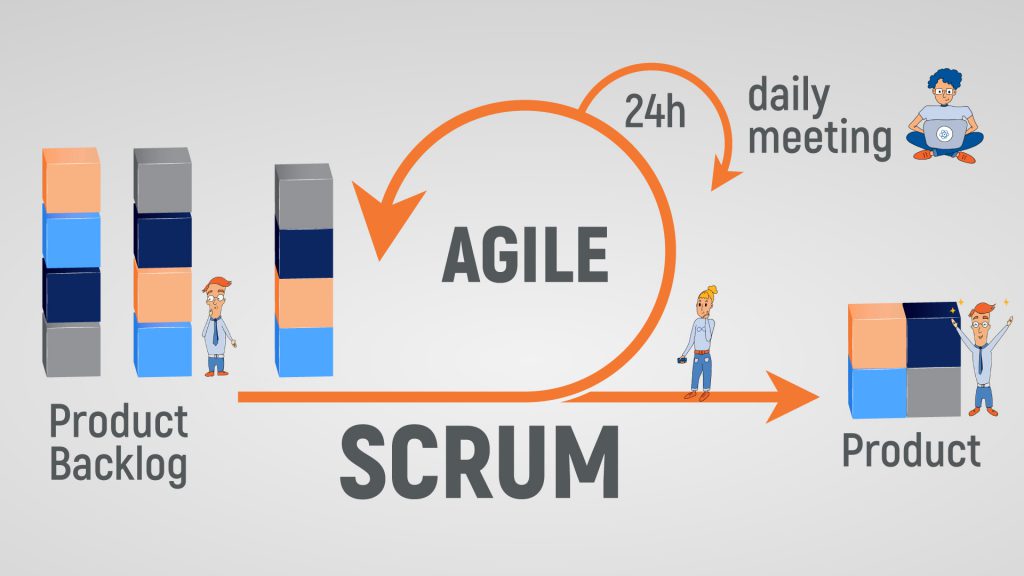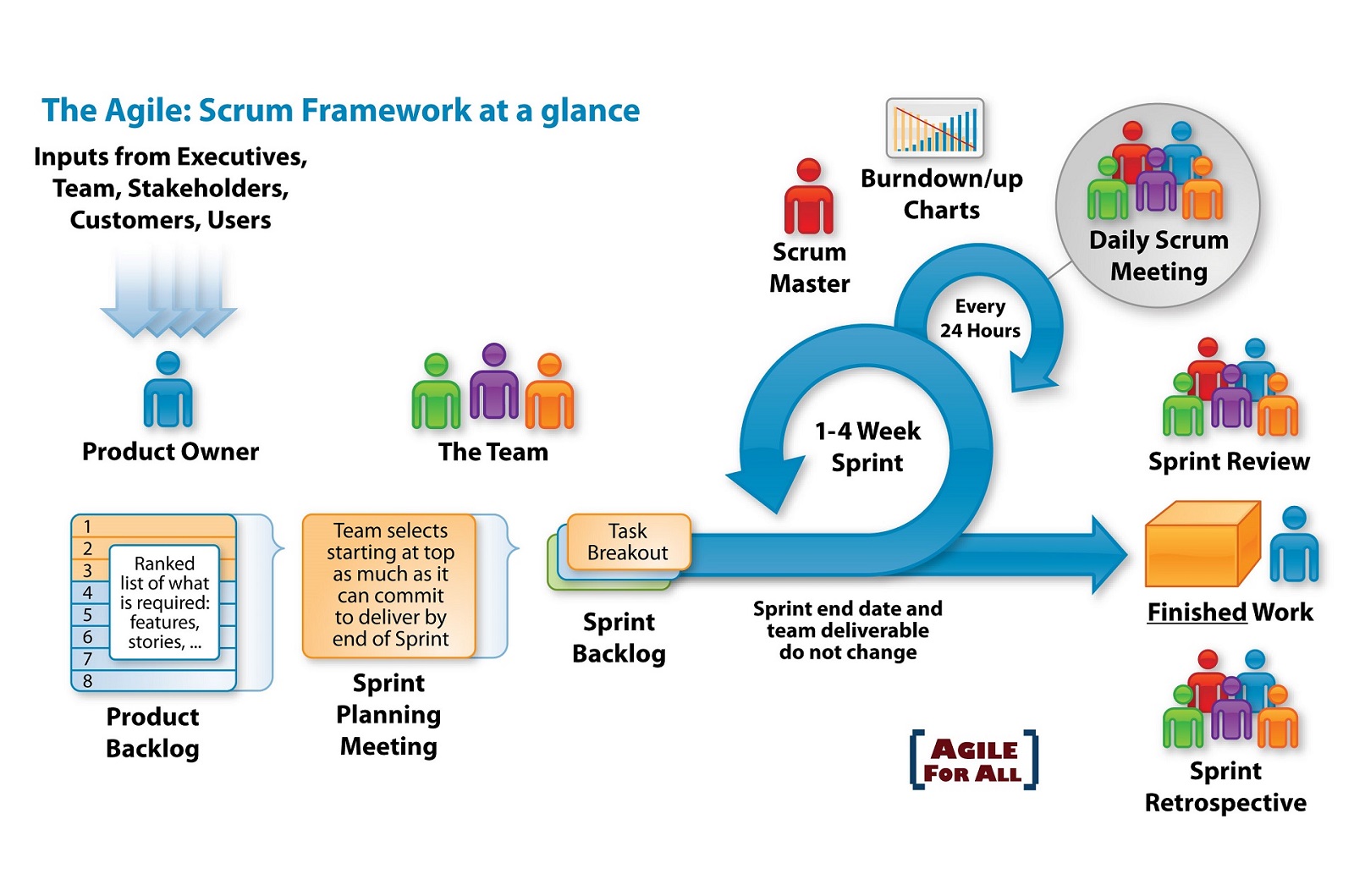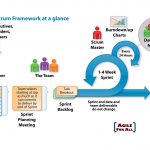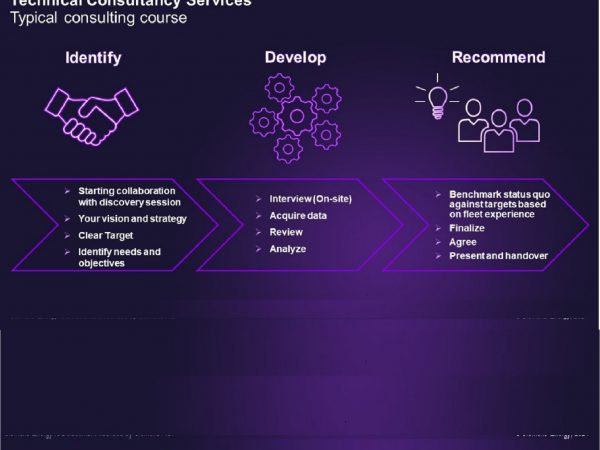Agile scrum methodology has several benefits. First, it encourages products to be built faster, since each set of goals must be completed within each sprint’s time frame. It also requires frequent planning and goal setting, which helps the scrum team focus on the current sprint’s objectives and increase productivity. These tailor-made deliverables will likely improve the overall user experience and boost customer retentio. Agile methodologies use an iterative approach to project management, meaning processes are improved upon each time an interval is repeated.
Advantages of Agile and Scrum
Here;s a brief summary of what I believe are the primary advantages of Agile and Scrum:
1. Flexibility and Adaptivity
An Agile/Scrum approach is best-suited for a relatively uncertain environment. In that kind of environment:
- It is very difficult, if not impossible, to accurately define the requirements and design for the solution in detail prior to the start of the project
- Flexibility and adaptivity are essential to further define and elaborate the requirements and design of the solution as the project is in progress
2. Creativity and Innovation
In the highly competitive environment that we live in today, no one wants to buy average, run-of-the-mill products. People expect a higher level of excellence and that requires creativity and innovation. An Agile/Scrum approach emphasizes creativity and innovation to maximize the business value of the solution. An over-emphasis on planning and control tends to stifle creativity and innovation.
3. Time-to-Market
An Agile/Scrum approach typically results in faster time-to-market due to shorter startup times. An incremental development effort will also allow early delivery of at least a portion of the solution without the entire solution to be 100% complete
4. Lower Costs
An Agile/Scrum approach can lower the costs of a project in several ways:
- Significantly reduced overhead resulting from reducing unnecessary documentation and control requirements
- Higher productivity of the project team
- Reduced “feature bloat” from using an incremental development effort and prioritizing the requirements. Using that approach, it will become apparent when the project begins to reach a point of diminishing returns where the incremental value of the features no longer exceeds the incremental development cost
5. Improved Quality
In an Agile/Scrum project, quality is an integral part of the development process rather than a sequential activity. The developers know that quality is not “someone else’s responsibility”
6. Customer Satisfaction
An Agile/Scrum approach should result in higher customer satisfaction and more effective solutions because the customer is heavily involved in providing feedback and inputs throughout the development process

Agile is not a “silver bullet” and it is not a solution to every problem you might have. However, if Agile is applied intelligently in the right situations, it has huge advantages and the advantages can easily outweigh the disadvantages.






